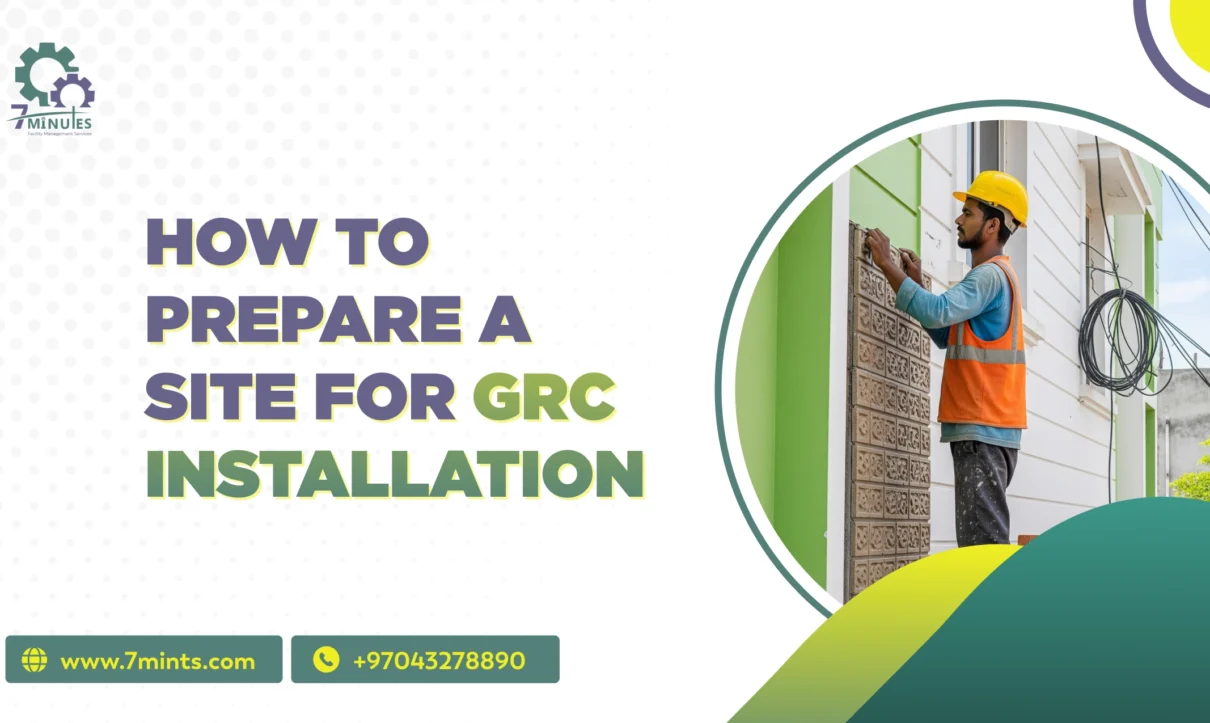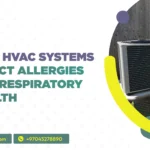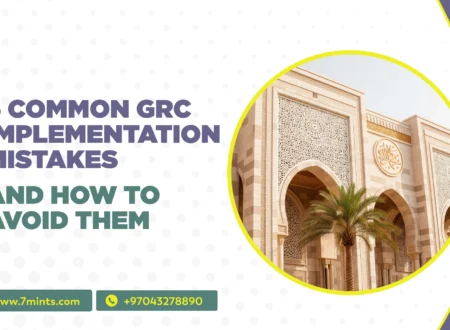Glass Reinforced Concrete is a remarkably versatile high-strength material intended for use in cladding, facades, decorative panels, and architectural elements. The combination of strength and lightness makes it perfect for contemporary construction applications, particularly where complex and intricate designs are of the essence. GRC Installation with actual life depends on precast concrete panels appropriate to the site before the panel can touch the wall.
Site preparation is far from just cleaning. You make several strategic decisions to ensure structural safety, adhere to regulations, and provide smooth installation.In this guide, every aspect of preparing a site for GRC installation will be explored, from the groundwork to finding the suitable people to work on your site.
The Relevance of Site Preparation before GRC Installation
Structural Stability
Setting out a site adequately ensures that the GRC structure has a beautifully strong and stable base to rest on. If the ground is uneven or weak, there will be misalignment, cracks, or even failure of the structure as time passes. You must ensure stability with large GRC panels or cladding systems by distributing weight uniformly across the structure, as stress at any single point can be disastrous.
Time & Cost Efficiency
Time invested in preparation will immensely cut down installation delays. The site is already level; the foundation is cast and all measurements are perfectly alright, and the installation team will move at a fairly quick pace, not making a lot of adjustments along the way. This will reduce the time of completion of the project as well as the labor costs and wastage of materials.
Safety Compliance
While observing safety, a few construction sites meet their eyes on standards that could have avoided accident-prone situations. Preparation aims to recognize hazards: unstable ground, exposed wires, or obstructions that may cause injury. Preparing the site aids in ensuring compliance with different building codes and other industry issues of safety, thus protecting both the workers and the property owner.
Step-by-Step Procedure in Site Preparation for GRC Installation
Site Assessment and Inspection
This involves, for example, checking for bearing capacity of the soil, drainage patterns, and other potential obstacles. Such an inspection by the professional could also reveal hidden problems, such as underground utilities or weak soil conditions, that would require correction before moving on.
Foundation Preparation
The foundation is considered the backbone of the GRC installation. Given the design, it could involve laying down a concrete footing, a steel frame, or a hybrid base. Since a GRC installation is quite expensive, it would have been a huge loss if the base shifted or settled as the GRC was being installed.
Drainage and Waterproofing Considerations
Water is one of the major causes of shortening the life of GRC when it passes through the joints into the supporting structure. Drainage systems should be provided to easily get rid of surface water with simple measures like sloping or providing surface drainage pipes. In places prone to heavy rain or moisture, a waterproofing membrane should be provided for the protection of both foundation and panels for the maximization of life and reduction of maintenance.
Hiring Contractor
Experience & Specialization
Look for contractors having experience with installations similar to those of GRC. In their work, an experienced team can identify certain problems and deal with them before they become expensive. Check out our latest blog post on Top 10 GRC Applications in Modern Architecture
Licensing & Certification
This is to ensure that he is working up to industrial standards and also to protect you should anything go wrong or disputes arise. You can be reasonably sure that a certified contractor will be aware of the building codes so that there will be no problems in getting the installation through inspections.
Portfolio & References
Look at their previous projects for the quality of their workmanship before hiring them. The contractor should give you a list of client references so that you can check on their professionalism, punctuality, and quality of work. Otherwise, a good contractor has nothing to hide about the work he has done in the past and will gladly give you references.
Common Mistakes to Avoid in GRC Site Preparation
Skipping Soil Compaction
One of the least respected steps in site preparation is soil compaction before setting the foundation. If the soil is loose or unstable, it may move with the passage of time, causing foundation settlement and tilting, thereby directly affecting the alignment and stability of GRC panels. Soils, after proper compaction, would provide a base capable of carrying the installation without any movement. A little time spent compacting the soil is sometimes worth its weight in gold in avoiding structural repairs.
Ignoring Weather Conditions
A major factor affecting the success of site preparation for GRC is the weather. It also gets very cold, and the slow cure consequently shrinks the establishment’s strength. So always try to put the preparation site in good weather to look for the greatest performance with a good life expectancy.
Using Incompatible Base Materials
The base materials must be compatible with the type of GRC being fixed onto them. For example, untreated steel can be subject to corrosion, and a low-grade concrete generally will not provide strength to support large panels. In short, having substandard base materials may be cheaper in the short term, but it damages the structure or shortens the life of the GRC system. Always pick good, tested, and recommended base materials suitable for the project.
Related Services Supporting GRC Installation
Leveling of the Site
A level site surface is essential if the installation is to begin. If the working surface were uneven, misalignment of panels may occur, gaps can indicate cladding, and uneven load distribution may compromise structural integrity. Such services use precision tools and machinery to create a flawless base, making installation easier and accurate.
Foundation Work
Special foundation work consists of putting strong concrete bases, steel reinforcements, or hybrid systems according to the design of the project. Well-made foundations will also guarantee that the GRC elements remain stable and secure under harsh environmental conditions.
GRC Cladding Preparation
The preparation for decorative or architectural GRC cladding requires more steps than a normal installation. This may include installation of metal frameworks, application of alignment guides, and sealing of joint systems. The cladding preparation ensures a perfect fit of the panels and maintains their integrity throughout the service life.
Site Inspection Services
The inspector makes sure that the ground is level, that the foundation complies with strength requirements, that the drainage system is in place, and that all safety measures are adequately provided for. Such an inspection reduces the risk of costly errors that could potentially occur during installation and safeguards conformity to a quality standard.
Conclusion
A properly developed site is the most important factor for a successful GRC installation. Everything from initial inspections to foundation work to drainage planning plays an important role in ensuring that the end product is structurally sound, safe, and visually appealing. Certain processes can be carried on independently, but overall, Contact us as it will cost you less in terms of time, money, and stress to hire an experienced team of professionals. Regardless of a small decorative project or a large commercial installation, a well-prepped site pays well into the future.










1 Comment
Comments are closed.